|
Cruising the Pack Ice...
In the bridge, expedition leader Bud and first officer Piers studied the most recent ice charts in order to plan our day. Naturalists and crew scanned the horizon with their binoculars. Yes, today will be spent cruising in and along the pack ice looking for wildlife and taking in the icy scenery. Before lunch, there was also a presentation on Svalbard's natural and cultural history by naturalist Carl Erik Kilander. His presentation outlined the human uses of Svalbard in the 1600-1800's and their impacts on the wildlife: from the Dutch whalers who decimated populations of the blue and bowhead whales to the Russian hunters that would spend all winter hunting and trapping polar bear, arctic fox, birds, and reindeer. He spoke about the rise of coal mining and founding of Longyearbyen, and the fact that mining is currently being phased out and replaced by tourism and scientific research. 98% of Svalbard is wilderness, making it one of the world's last great wild places, and 65% of it is completely protected. Conservation of wildlife and habitat has allowed the Arctic animals of Svalbard to thrive in recent years. However, Svalbard's ecosystems are still vulnerable to more long-range threats like global climate change, radioactivity and other pollutants, and resource depletion and mismanagement in the Barents Sea. Carl Erik's talk was not only concerned with the history but also with future of this region he loves so much. Seals, Seals, Seals! It was a great day for pinnipeds (seals)! The two seals that make up the bulk of a polar bear's diet are ringed seals (Pusa hispida hispida) and bearded seals (Erignathus barbarous), and we were fortunate enough to see both species today. The ringed seal gets its name from the spots that mottle their light brown coats. And the bearded seal is named for its long, white whiskers used to feel for prey on the muddy sea bottom (this feeding behavior also gives its face a characteristic coppery hue). Both seals have thick layers of blubber to insulate themselves from the cold and thick nails on their flippers to grip the ice when resting. They are streamlined, fast swimmers and can usually evade polar bears when underwater. On the ice, however, they are vulnerable to attack. The photos below represent two different survival strategies of the seals that naturalist Michael Nolan shared with me. The smaller ringed seals are generally found in the center of large ice floes, next to their breathing holes. For a polar bear to attack, it would have to pull itself up on the far edge of a floe and run across the ice. The ringed seal would hear the bear and be able to quickly slip down the hole and swim away. The only danger would be when the seal returns to its hole, perhaps after hunting some fish, and can be surprised by a waiting bear. It is said that polar bears can even smell which breathing holes are most frequented. The larger bearded seals most often hang out on the edges of smaller ice floes, looking downward to keep watch for predators. They keep to the edge so they can quickly roll into the water if there is any sign of a bear. Once in the water, the bearded seal can swim away, provided the seal has reacted quickly enough. The relationship between seals and polar bears is, as Michael told me, a dance over time of each species trying to outwit the other. Walrus (Odobenus rosmarus) are seals that do not often fall prey to polar bears, for males and females have ivory tusks with which to defend themselves! Our excellent spotters saw a walrus on a far off floe, and we cruised closer to get a good look. These large seals can weigh up to two tons! We got close enough to see the vibrissae (whiskers) lining its snout. The whiskers are used to search out invertebrates like clams and sea cucumbers from the muddy sea bottom. Sometimes walrus haul out on land and pile in large groups in order to retain heat and protect their young from the ice bears. But this walrus was all alone on a small ice floe. Ice Caps and Grosvenor Teacher Fellow Hats This afternoon, the ship made its way to Austfonna, a formidable tidewater glacier that is actually the third largest ice cap in the world by area (after ones in Antarctica and Greenland). The total area is over 3000 square miles! The sheer face above water is incredible, but most of the ice is underwater. We learn that it is about 1800 feet thick in places, though on average about 900 feet thick. As we approached the face of the massive ice cap, Ellen, Aimee, and I were humbled by its beauty. The air was incredibly fresh and we swore we could hear the ice pop and tremble. On the ice face, the creamy white glazed over the vibrant blues like a confection. The slideshow below has some great shots of the Austfonna ice cap...and us Grosvenor Teacher Fellows rockin' our GTF hats!
Enjoy this slideshow of Austfonna portraits of the Grosvenor Teacher Fellows taken by the amazing Sisse Brimberg, and graciously provided to me for use on my blog. Breakthroughs and Reflection This evening, we cruised by the edge of the last remaining fast ice in Bjornsundet. There were times when the Explorer had to ram drifting pack in order to push forward. It was so cool to watch from the bow as the ship broke through. Alone on deck, I looked out at the fractured surface of the sea and reflected on the ice. Birds dipped and dived in our wake, for we had uncovered food sources below. All Arctic life truly depends on the ice to survive: these birds, the seals we saw today, and the polar bear we had observed yesterday. The high Arctic is a place of relatively simple beauty. Of breakthroughs and reflection. All photographs by Cristina Veresan unless otherwise indicated.
Read the Lindblad Naturalist Daily Expedition Report (DER) here.
6 Comments
Lloyd
8/5/2014 11:23:49 am
Hi ms veresan awesome blog
Reply
Lance Lott
8/7/2014 11:18:11 am
I'm really glad your back and that was a funny picture for the hipster seal and I just want to ask were you sad when you left and how did it feel when you started to adapt to this new life style???
Reply
Thomas
8/7/2014 01:12:58 pm
Did any ice come on the ship when you broke through the ice
Reply
Kainalu
8/7/2014 02:13:02 pm
Wow Ms.V did you meet any friends than the one's we saw? and were you friends with that hippy? hahaha
Reply
Akoni M
8/10/2014 11:50:09 am
Are those the only seals you saw?
Reply
Leave a Reply. |
AuthorThis blog contains occasional dispatches from my science classroom and professional learning experiences. Thank you for reading! Archives
December 2021
|
|
Cristina Veresan
Science Educator |
Proudly powered by Weebly
|

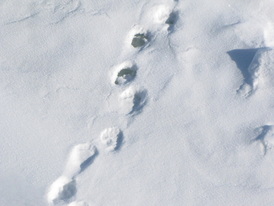

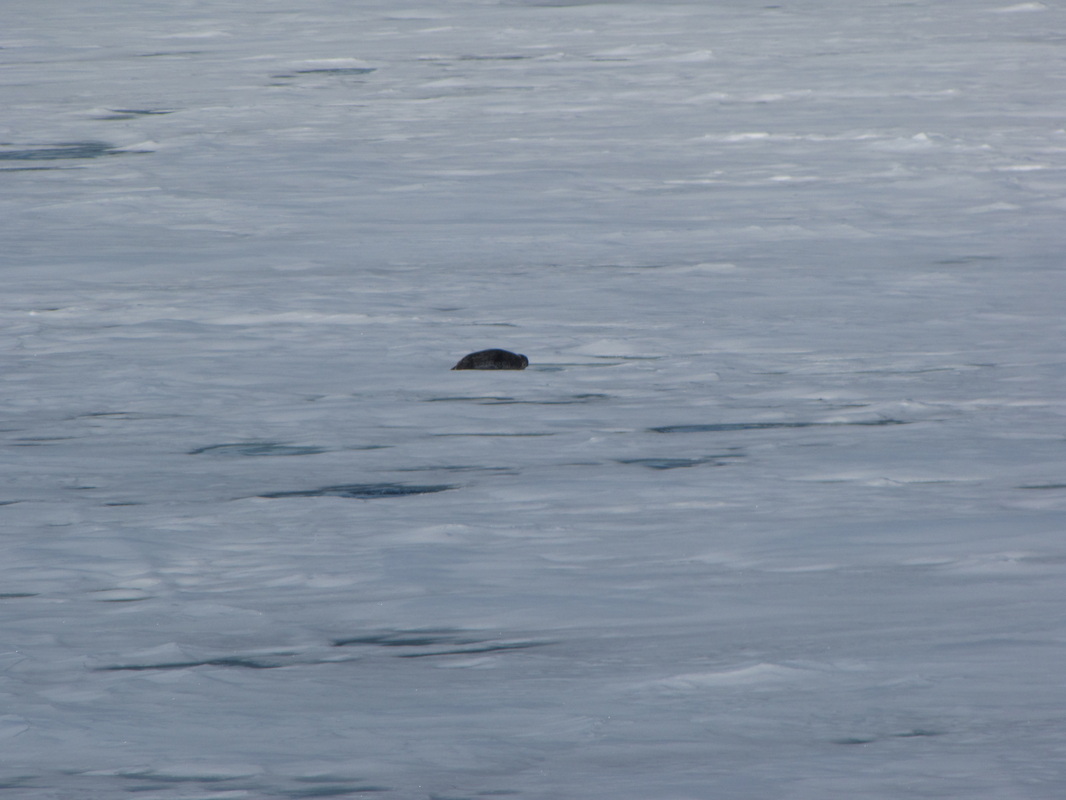
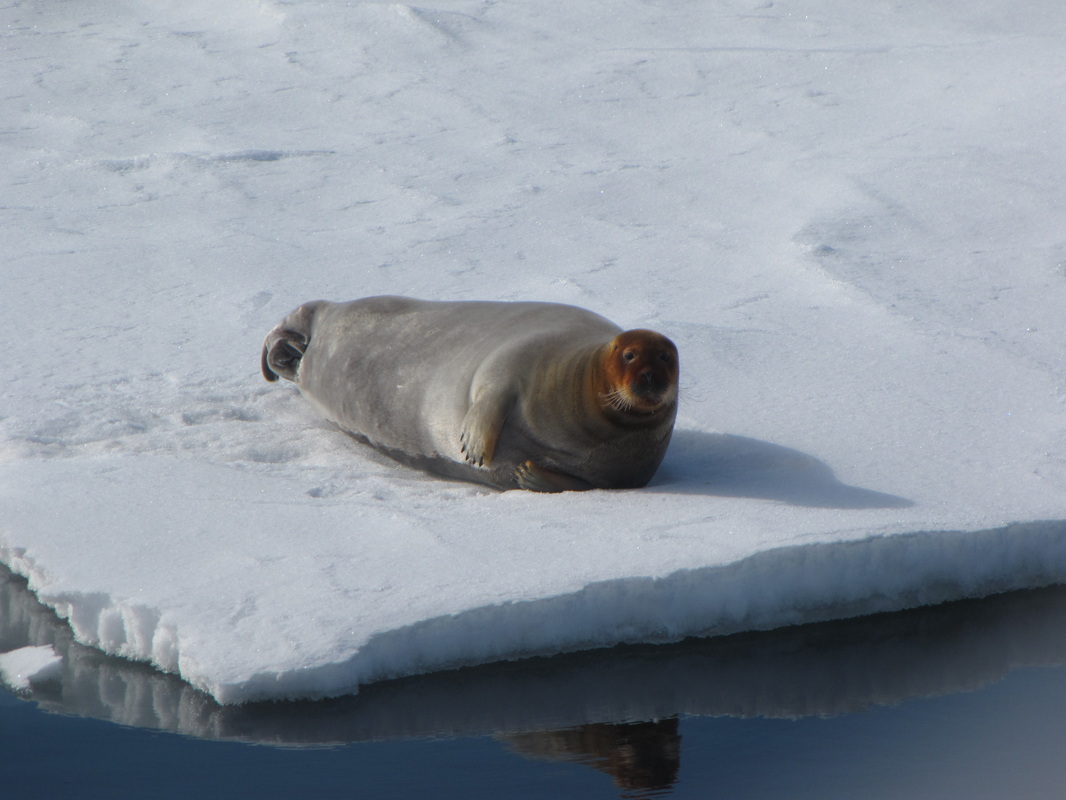
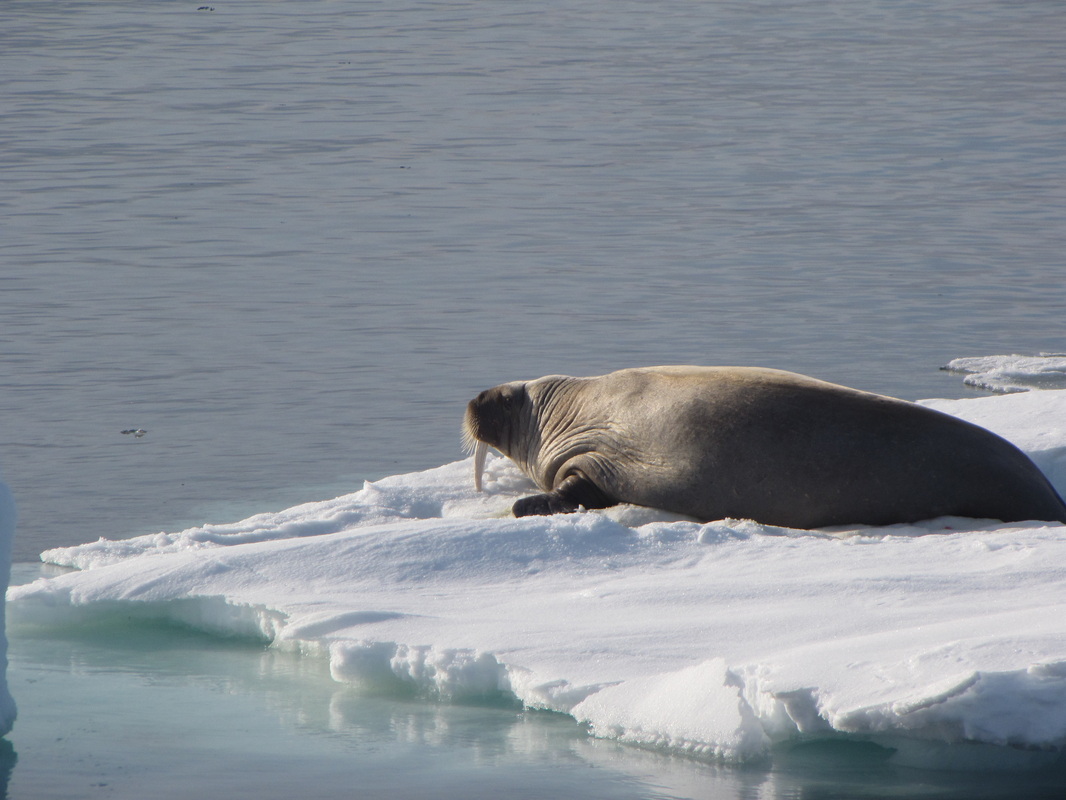
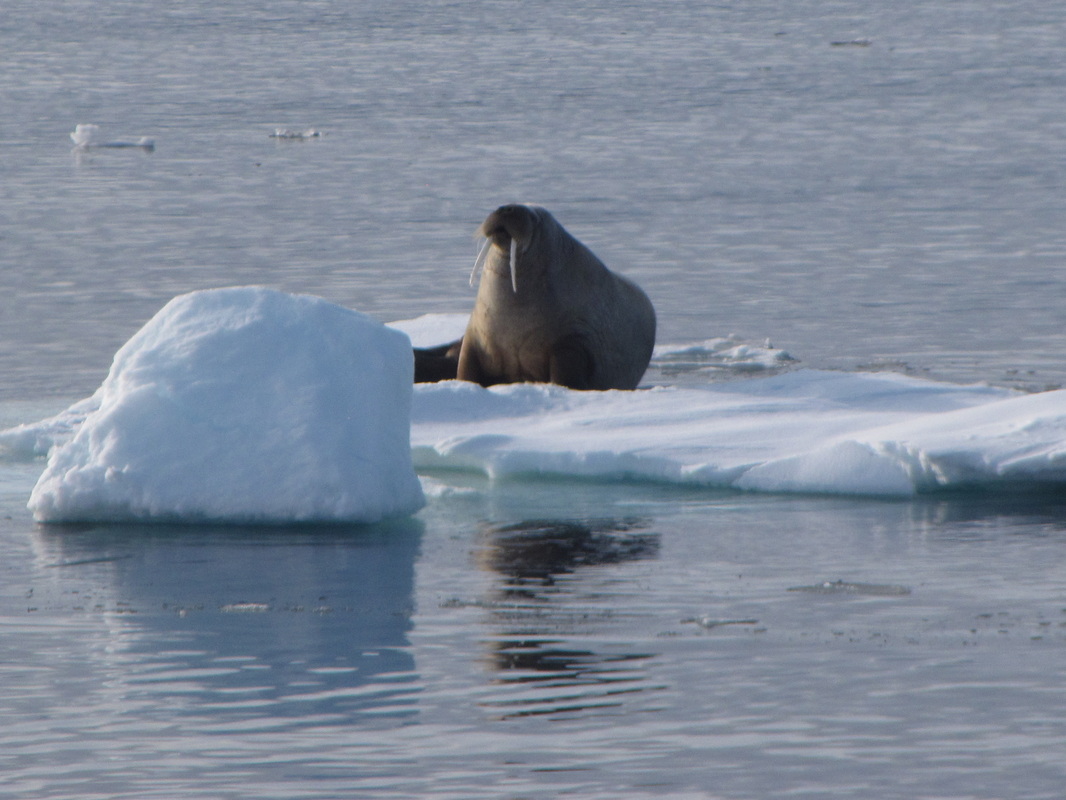
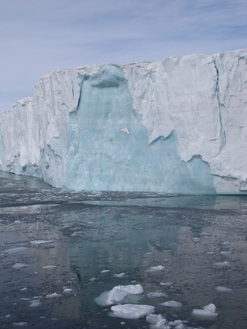

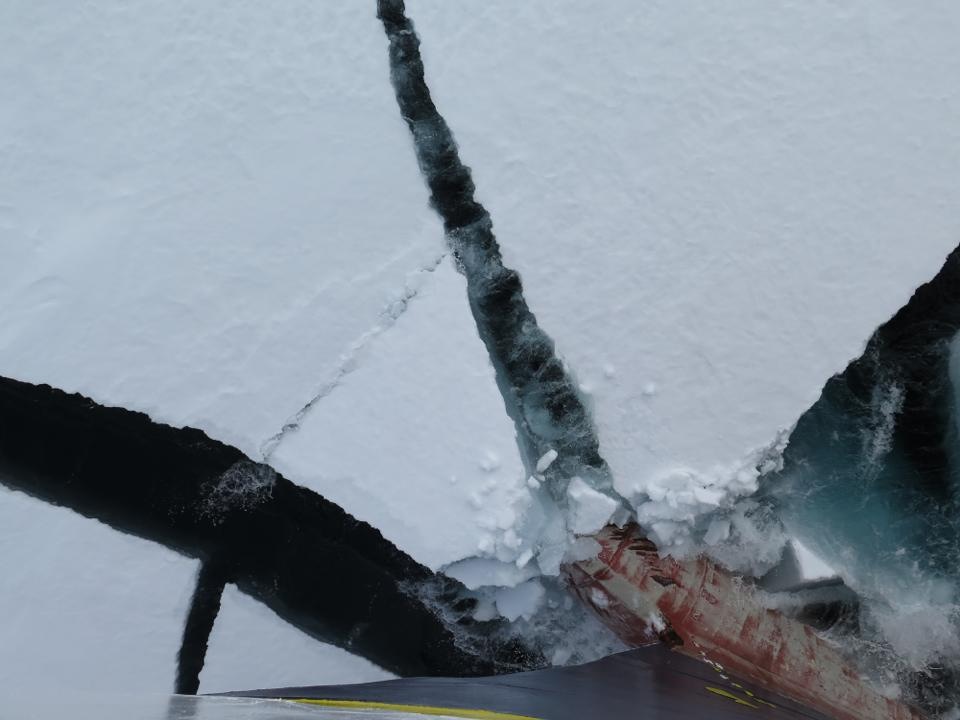


 RSS Feed
RSS Feed